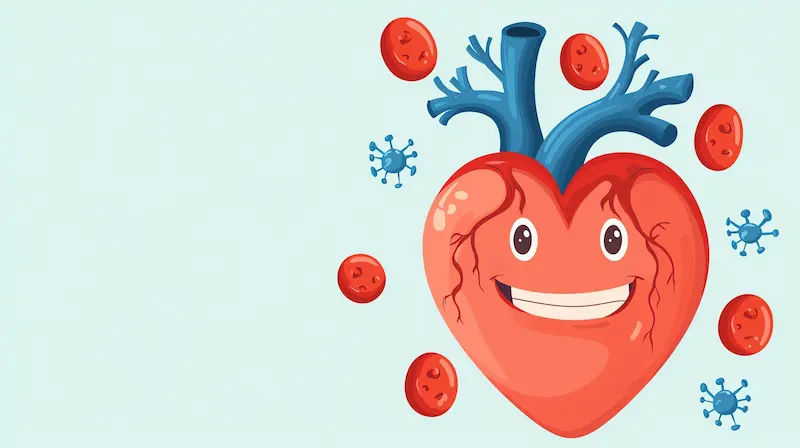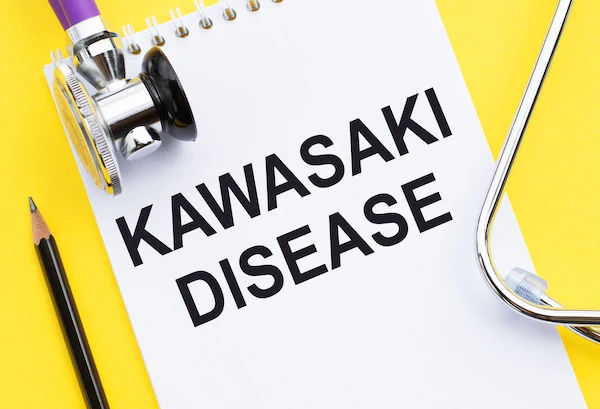- male
- 1 Years
- 07/02/2025
I'm really worried about my baby boy who has been diagnosed with a PM VSD hole that's 3.5 mm. Is this considered a big issue or not? I'm trying to understand how these measurements are categorizedis 3.5 mm small, moderate, large, or very large? Also, does this mean he'll need open heart surgery for sure, or could it close on its own as he grows? If surgery ends up being necessary, are there options other than open heart surgery that are less invasive? Would love some guidance on this.
Answered by 1 Apollo Doctors
Information provided is no adequate to answer,ideally if it is causing any cyanotic spells or pulmonary edema or PAH then Surgical correction is required which is not always open heart syurgery,if there are no such symptoms,repeat 2D echo after 6 months and check the status
Dr. Ranjith Suggests...
Consult a Paediatric Cardiologist
Answered 04/07/2025
0
0

More Paediatric Cardiology Health Queries
View allMy baby is 4 months old and was born with pulmonary atresia and VSD. They already had a BT shunt surgery on the right side, but now the doctor says two more open heart surgeries will be needed at 4 and 14 years for pulmonary artery and VSD correction. Is there any other solution or a way to fix everything in just one operation instead of two?
cardiologist opinion is advised.
Answered by 1 Apollo Doctors
My baby is just 5 days old and the doctors found a 4mm VSD. I'm really worried and I need to know if it'll heal on its own or if surgery is necessary. Can you please help me understand what we should do?
In infants, small ventricular septal defects (VSD) like the 4mm VSD detected in your baby can often close on their own without the need for surgery. Regular monitoring by a pediatrician is important to track the size of the defect and ensure proper management. In some cases, medication such as Lasix may be prescribed to manage symptoms. However, if the VSD does not close on its own and causes significant symptoms or complications, surgical intervention may be considered. It is important to follow up with your pediatrician for further evaluation and management
Answered by 1 Apollo Doctors
My son has VSD 2.5 left to right and ASD 4 mm left to right. Should we be worried about this? Does he need surgery or can it repair on its own?
please consult CTVS for better advise.
Answered by 1 Apollo Doctors
Disclaimer: Answers on Apollo 247 are not intended to replace your doctor advice. Always seek help of a professional doctor in case of an medical emergency or ailment.





